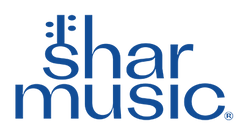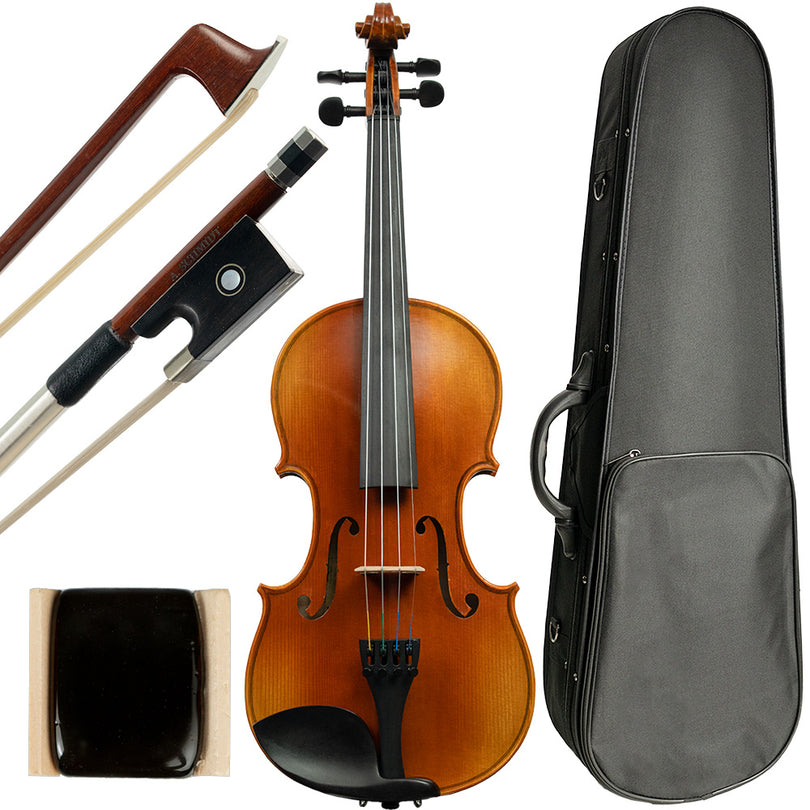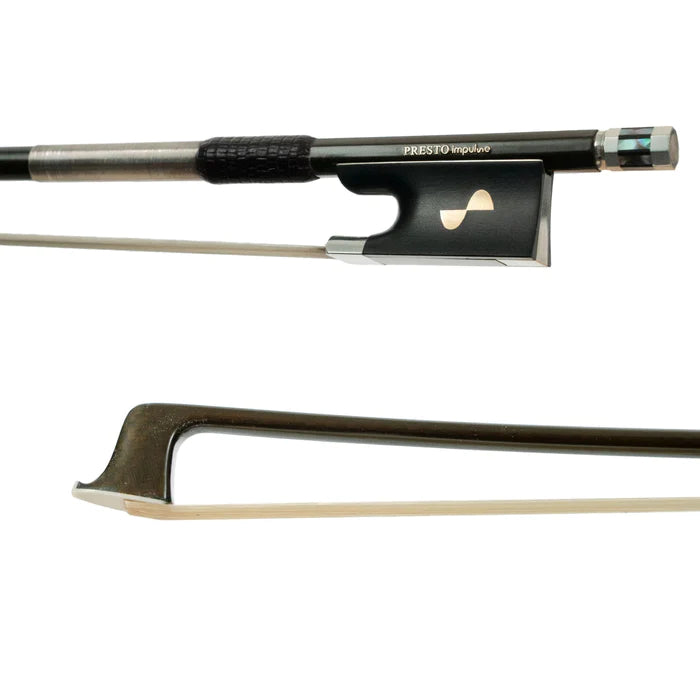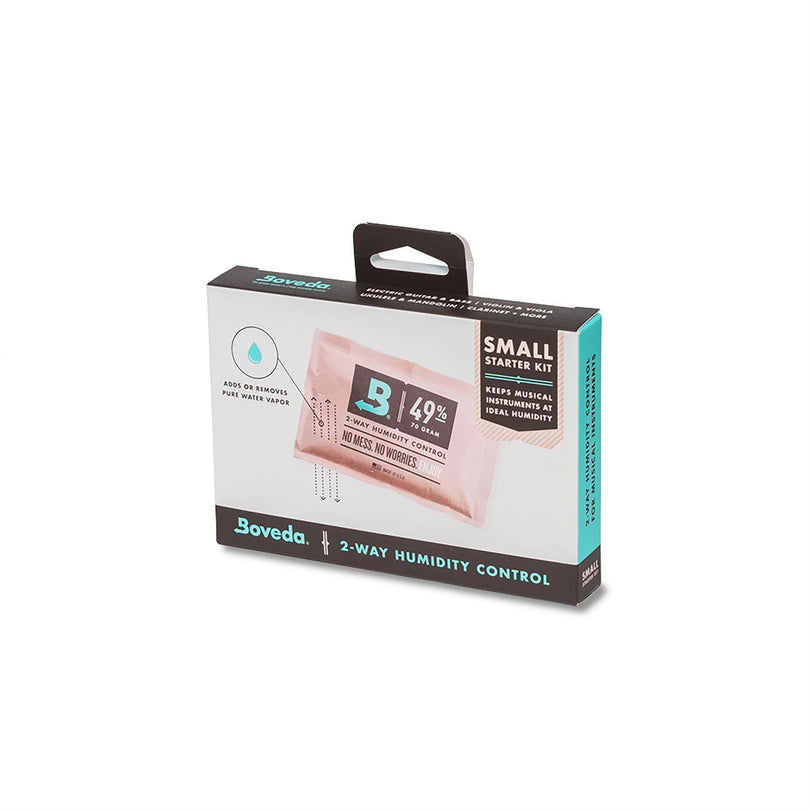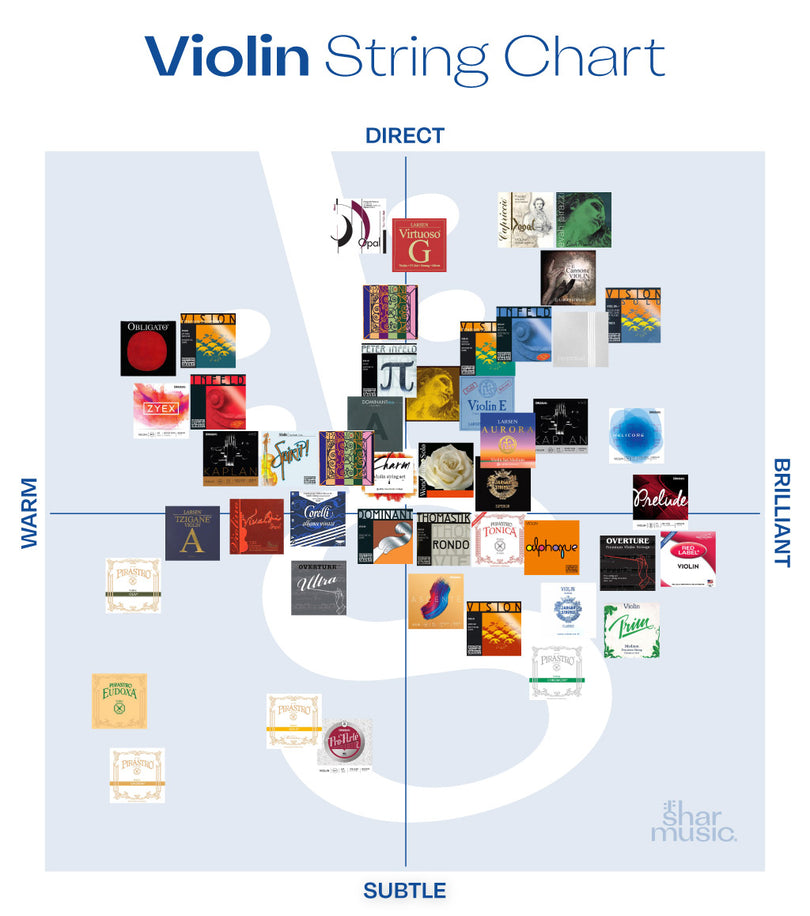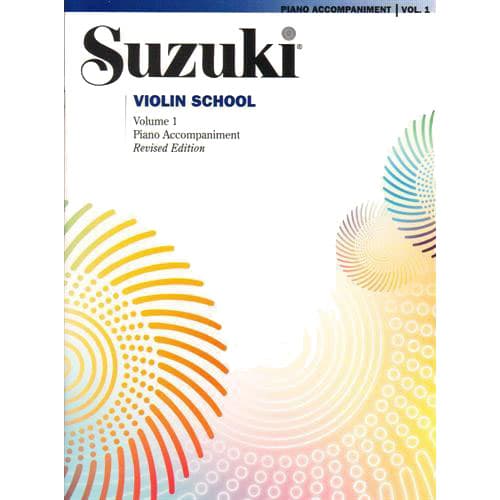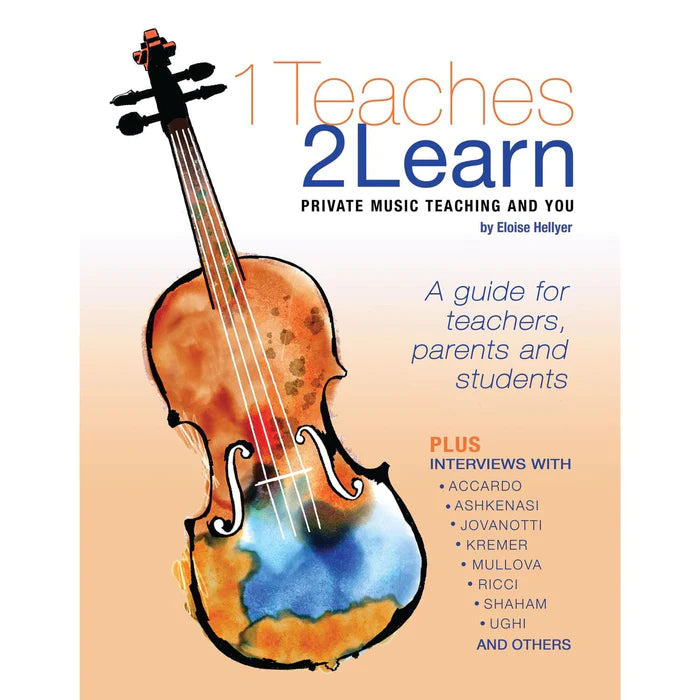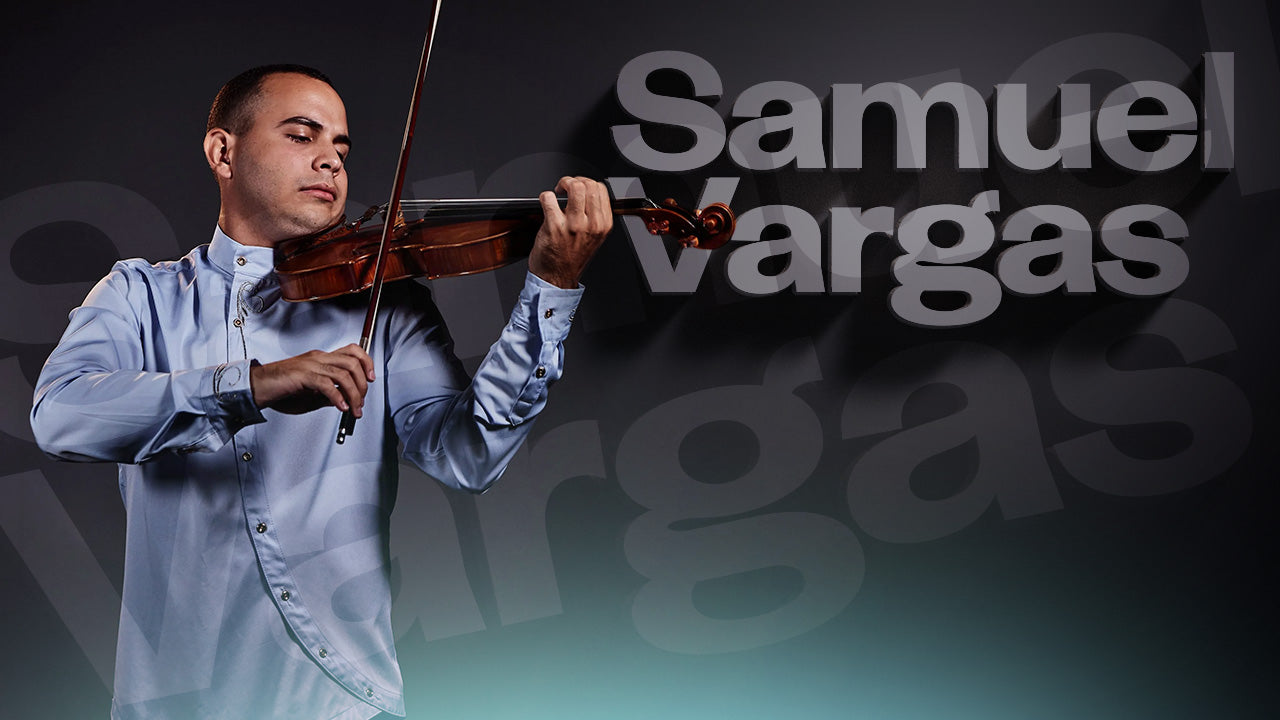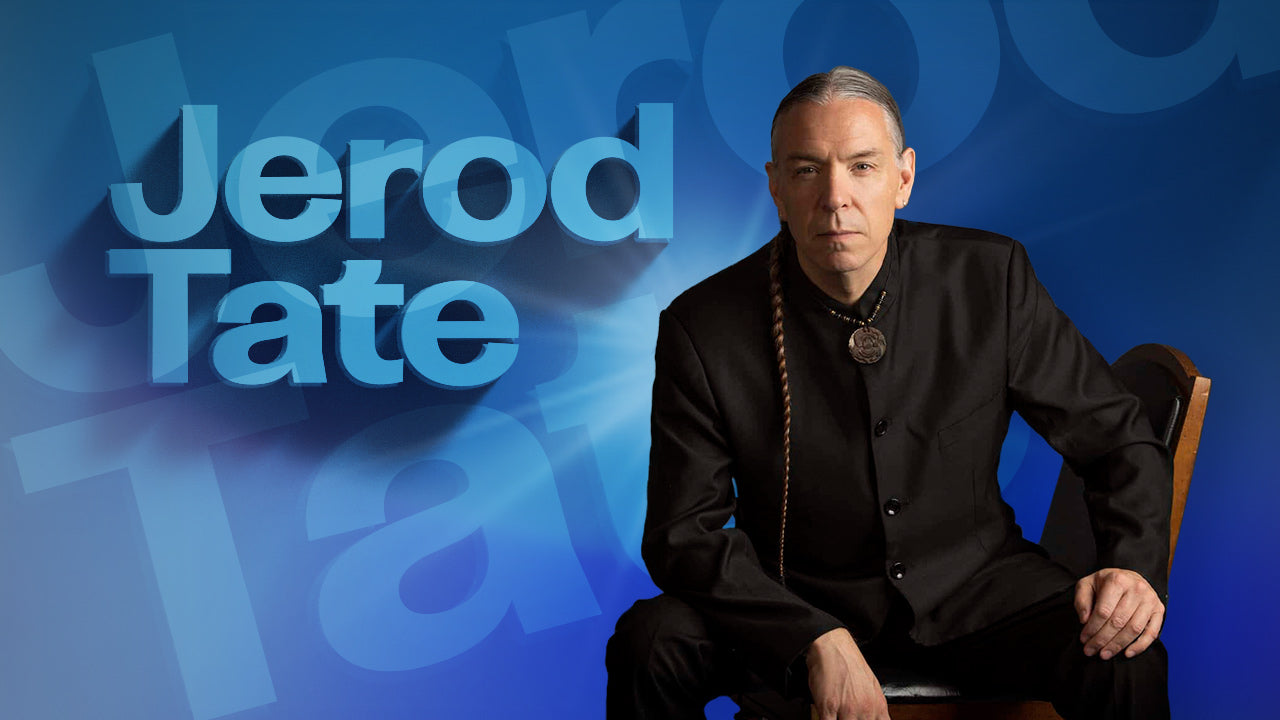This feature is the first in our Shar Music® Play it By Fear Halloween Extravaganza! From Friday the 13th through October 31st, we will be celebrating all things Spooky with blogs, social media content, and sales!
For many of us, half of what makes a film terrifying is how it makes us feel. The score of film is an essential element of the cinematic experience because it guides the viewer’s emotional state while they watch events unfold. Think of the moments we remember from film history: Indiana Jones and his heroic ride through the desert in Raiders of the Lost Ark, the One Ring’s mysterious motif in each Lord of the Rings film, or the iconic Star Wars suite. Each one of these moments is not only central to building the narrative, but the music remains culturally significant for generations of movie-goers to come. From string quartets, to orchestras, to even electronically simulated violin sounds, strings have been synonymous with horror music since cinema’s inception. In this article, we’ll take you through a brief history of why string music and horror films go so well together, and discuss a few techniques that make this partnership so long-lived.
In the early twentieth century, going to the cinema was very trendy but considered by many to be a fad that would eventually fade. Of course, we know that isn’t the case—film became its own artform alongside theatre. The Silent Film Era fascinated the globe, but it needed to surprise, titillate, and enrapture its audiences without the strengths of built-in sound. One of the things that helped give film a more artistic reputation was the creation of an original soundtrack. Technological limitations at the time meant that sound and images were unable to be synchronized together on the filmstrip itself, so dialog slates appeared on-screen after characters spoke, and the film’s score was performed in the theatre while the film was projected. Essentially, if you went to see a film in the 1920s, you also experienced an orchestra concert along with it.
One of the earliest horror films to grace the silver screen, as well as the earliest to have a live score, was 1922’s Nosferatu. This German-made film is celebrated for its iconography and its impact upon audiences. Despite being an unauthorized film adaptation of Bram Stoker’s 1987 novel Dracula, the film was an incredible success when it first premiered in Berlin. Max Schreck’s appearance as Nosferatu is unforgettable even one-hundred years later, from his terrifying fangs to his elongated fingers, balding head, and bat-like ears. Composer Hans Erdmann was responsible for creating the iconic dissonant score that incorporated heavy piano, cello, wind instruments like the bassoon, and bombastic brass. (What you will not find is the use of J.S. Bach's "Toccata and Fuge in D Minor," which was actually featured in 1931's Dr. Jekyll and Mr. Hyde). Unfortunately, the true original score of the film has been lost—many composers have since then tried to piece together what audiences may have heard while they sat in the theatre, scared out of their minds. Today, if one is to watch a version of Nosferatu, the score you will hear is one historians and composers have tried to recreate. You can listen to the main theme here.
Ironically, silent films helped set a precedent for what modern day horror films sound like. By the 1930s, Hollywood was a full-fledged industry, and “talkies” were all the rage—sound could finally be added to film. The 30s also saw a huge influx of monster movies. The Universal Pictures horror monsters—The Mummy, The Invisible Man, Frankenstein, the Wolf Man, and Dracula—all had an incredible hold on audiences throughout the decade. These films took a lot of inspiration from Gothic literature, and had a more foreboding atmosphere than their predecessors. More audience interest meant bigger production values, so hiring orchestras for recording in a studio became the norm. The challenge of course, was matching the haunting storylines with equally haunting sounds.
Some of the most popular techniques for creating the scary atmosphere in horror films can already be heard in certain pieces by many famous composers such as Camille Saint-Saëns, Beethoven, Claude Debussy, and Béla Bartók. These techniques can also be found in some of the best songs from horror movies. Classics like Psycho, The Shining, and Hellraiser, to modern hits like The Babadook, The Conjuring, A Quiet Place, Get Out, and many more. String instruments like the violin, viola, cello, bass, or even guitar are perfect for horror movies because they can create unease with a single note or chord progression. String instruments like a violin can sustain a note longer and can play with the sound in such a unique way when the bow hits the string. They can also master staccato notes perfectly, and the effect can be quietly unnerving to loud and terrifying (think of the Psycho shower sequence). String instruments are perfect for creating dissonant soundtracks, discordant melodies, and invoking feelings of suspense.
One of the common techniques you will hear used to incite fear in the audience is the use of the glissando technique, which involves sliding your finger up and down the fingerboard without changing your articulation of the bow. This creates a sliding scale of pitch that starts low and goes high or vice versa. The higher the pitch, the more closely the audience will feel unease. The speed of the technique is also important, as it can induce anxiety or dread whether you play faster or more slowly. Check out the very cool (and creepy!) approach to the glissando in this piece called “It Hears You” from A Quiet Place, composed by Marco Beltrami. The double bass glissando really helps pump up the sense of dread, while the staccato violins amp up the anxiety, essentially approximating our fight-or-flight response.
Tremolo is another technique that can help to create a feeling of unease in horror films. This is also a technique that is unique to string instruments, as this incorporates the repetition of a single note to produce a trembling effect. This technique is wonderful for building texture in a soundtrack, helping to create tension. Depending on the key or harmony that is being played, the use of tremolo can be nostalgic, gentle, melancholic, or help build to a climatic end. A famous film score that uses tremolo effectively is The Godfather. When combined with the glissando technique, a chill up your spine is almost guaranteed.
Creating dissonance is pretty much the top priority for most horror films, and the last technique we’ll discuss here is Sul Ponticello. This is a very interesting technique because of the uncomfortable sound it produces, which is achieved by bowing closer to the bridge of the instrument. The reason it sounds eerie to us as listeners is because the vibration of the strings produces a higher harmonic, which sounds haunting or unnatural. Check this video explaining how to achieve the sound on cello and discusses Beethoven’s String Quartet No. 14, Op. 131 which is a great example of a classical piece using the sul ponticello technique.
Horror films, and by extension the orchestras and string instruments that help make them uniquely unsettling, are so culturally important to us that it makes sense we take a bit of time to think about how the score is actually composed. The soundtrack to many a chilly October evening is not really supernatural at all--it is of our own, unique making. Because truly, what's more frightening than a man-made creation, hunting for us in the darkness?
Have you used these techniques while playing, or is there a technique you love to practice? What pieces do you love to play during Spooky Season? Let us know in the comments.
